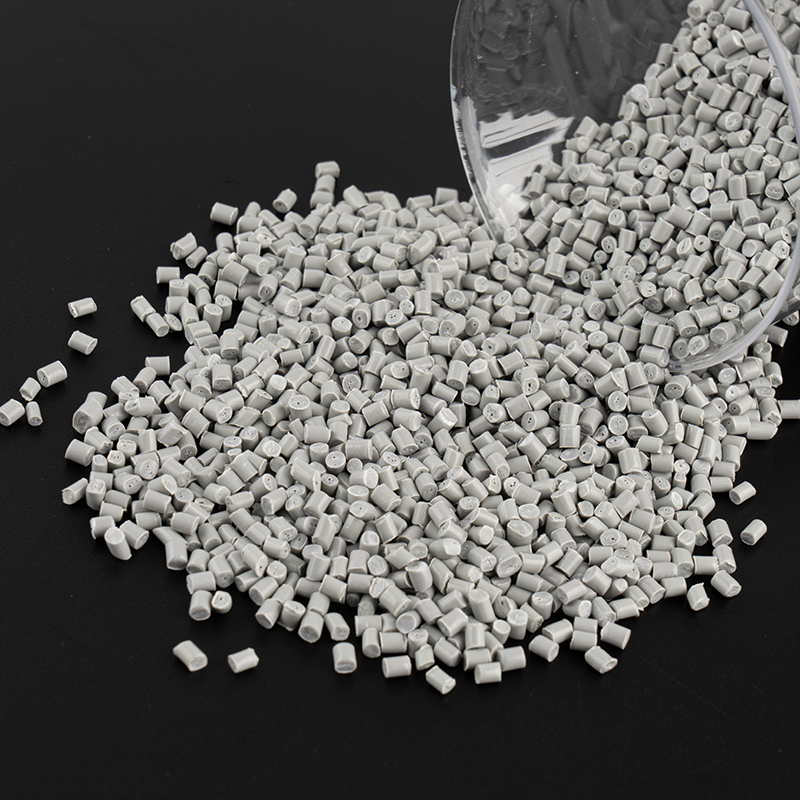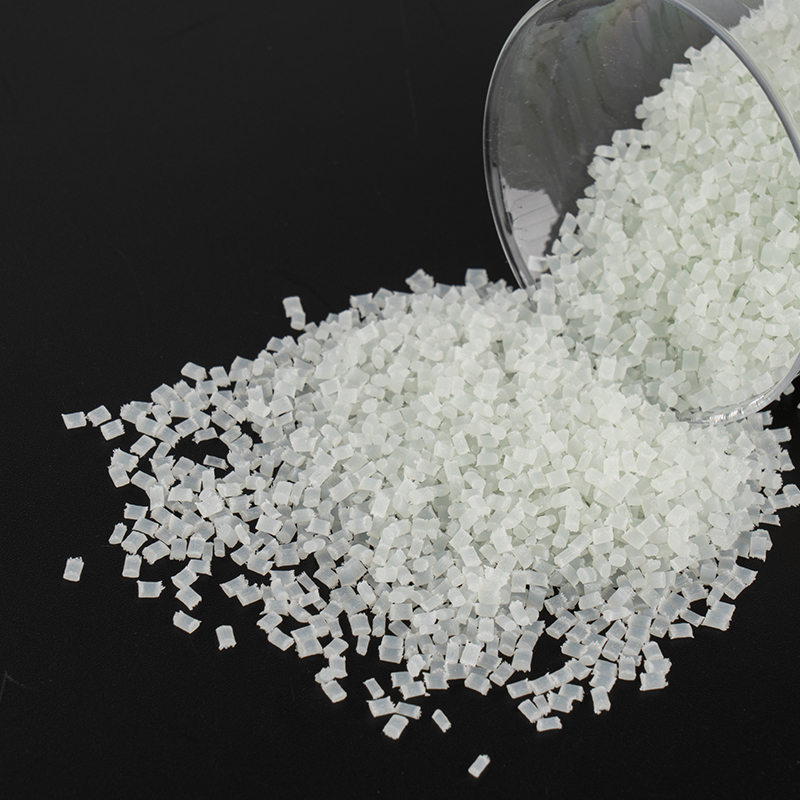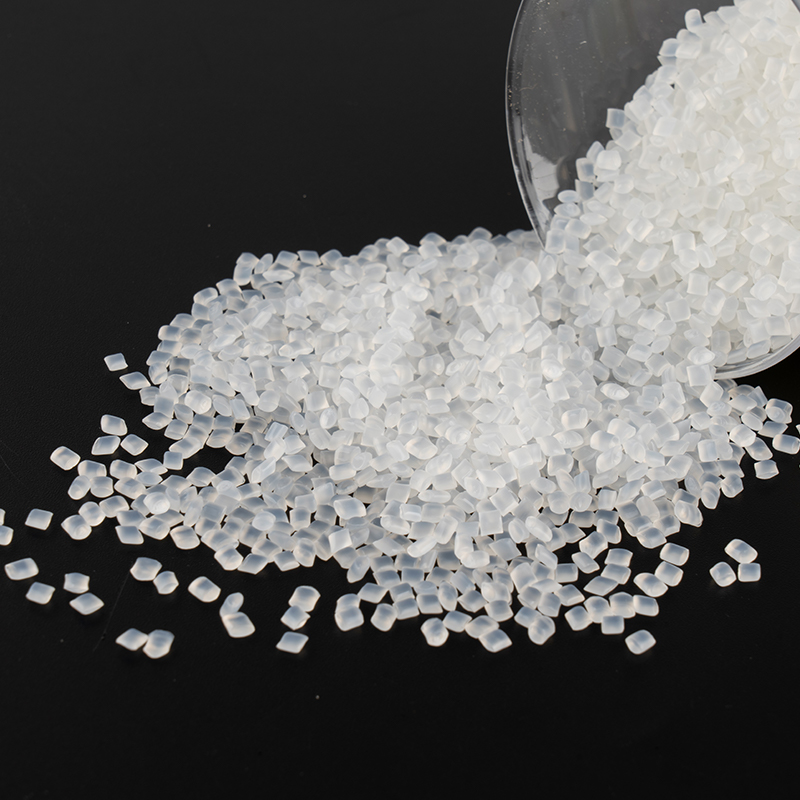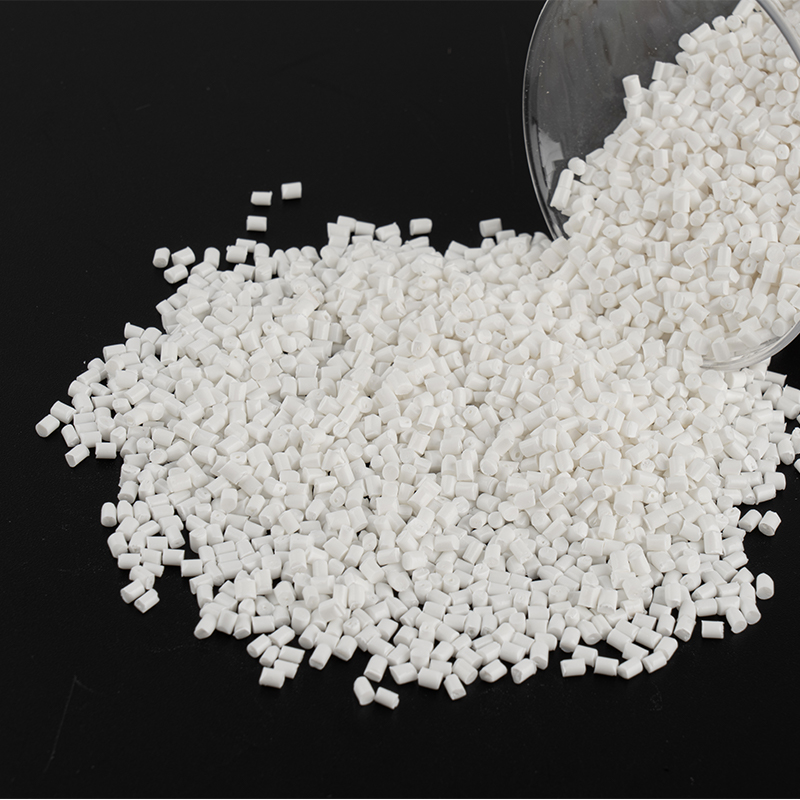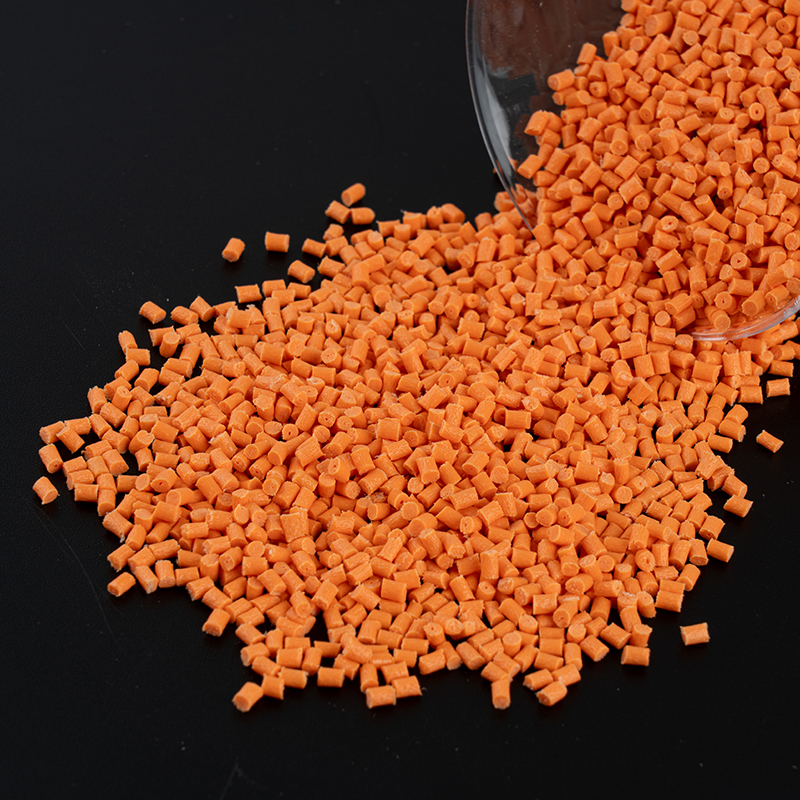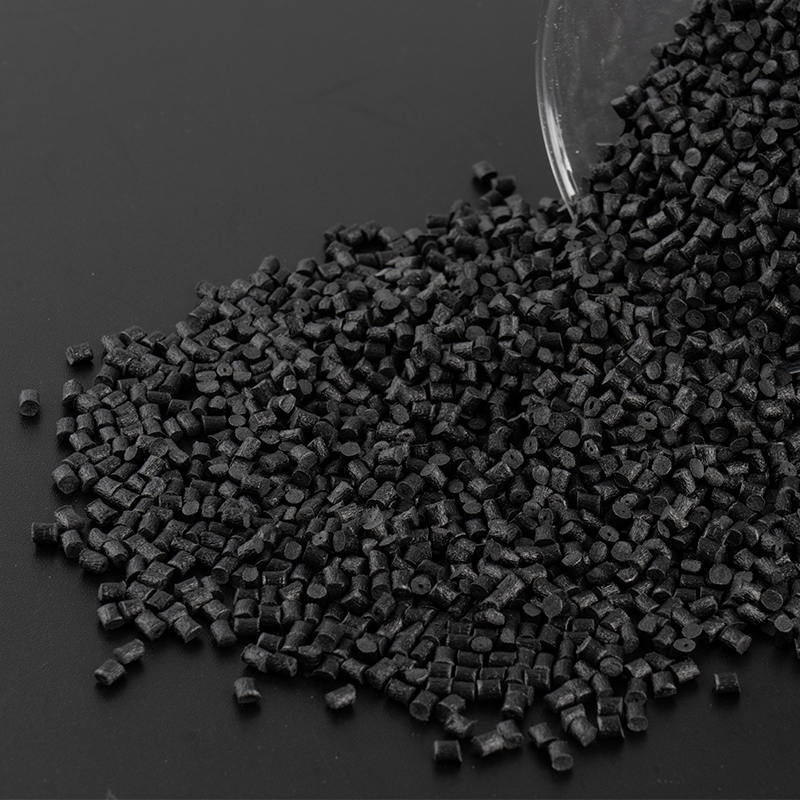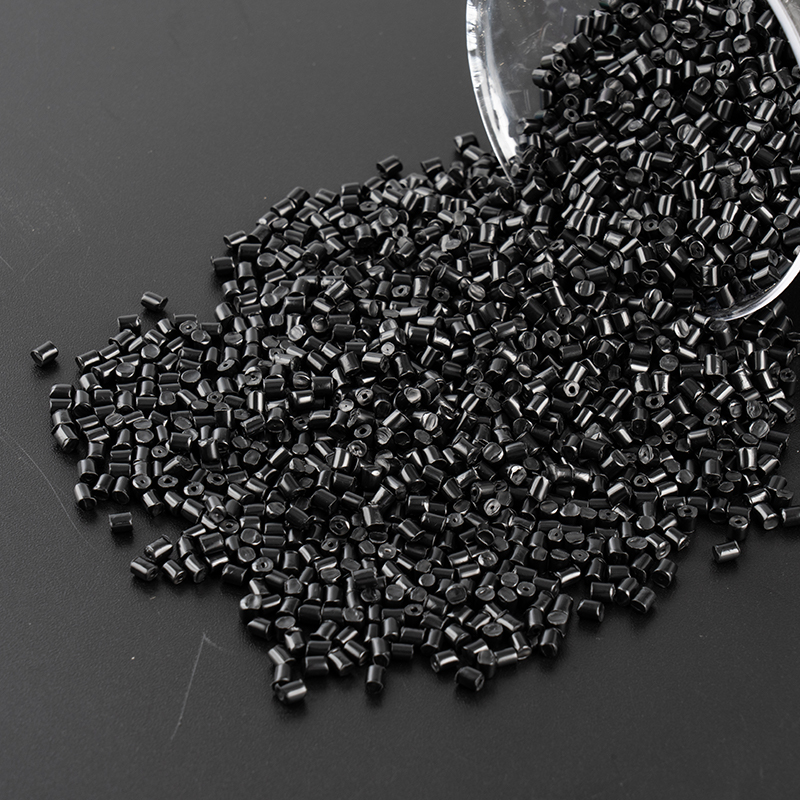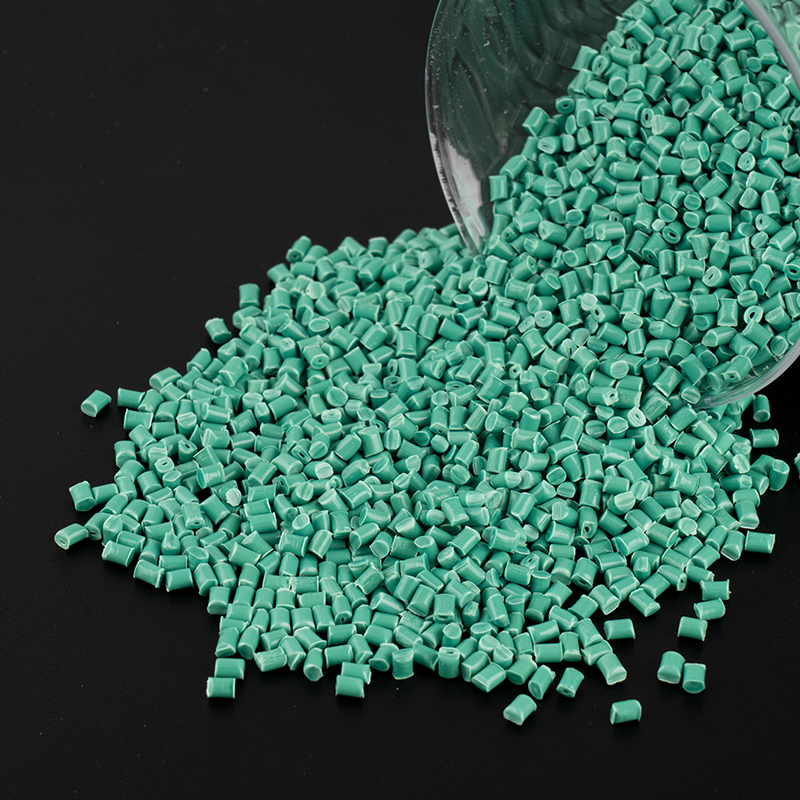1. Material optimization: choose high-performance engineering plastics
The mechanical efficiency of plastic eccentrics is affected by material strength, wear resistance and friction coefficient. Different plastic materials have different mechanical properties and need to be selected according to specific working conditions.
Comparison of Common Plastic Materials
| Material | characteristic | Applicable scenarios |
| POM (Polyoxymethylene) | High strength, low friction, fatigue resistance, but susceptible to acid and alkali corrosion | Precision transmission, medium and low load eccentric wheel |
| PA (Nylon) | Good toughness and wear resistance, but the dimensions are unstable after absorbing moisture | Universal eccentric, lubricant can be added to enhance performance |
| PA+GF (glass fiber reinforced nylon) | High rigidity and creep resistance, but slightly higher friction coefficient | Universal eccentric, lubricant can be added to enhance performance |
| PEEK (Polyetheretherketone) | High temperature resistance (260°C), high strength, low wear, but high cost | Aerospace, medical equipment and other high-demand scenarios |
| PTFE (Polytetrafluoroethylene) | Ultra-low friction, self-lubricating, but low mechanical strength | Used in coatings or composite materials to reduce friction |
Material optimization strategy
High dynamic load: Choose PEEK or POM to ensure high strength and low friction.
Low-cost solution: Use PA6+30% glass fiber to balance cost and performance.
Self-lubricating requirements: Add PTFE, MoS₂ (molybdenum disulfide) or graphite to PA or POM to reduce friction and wear.
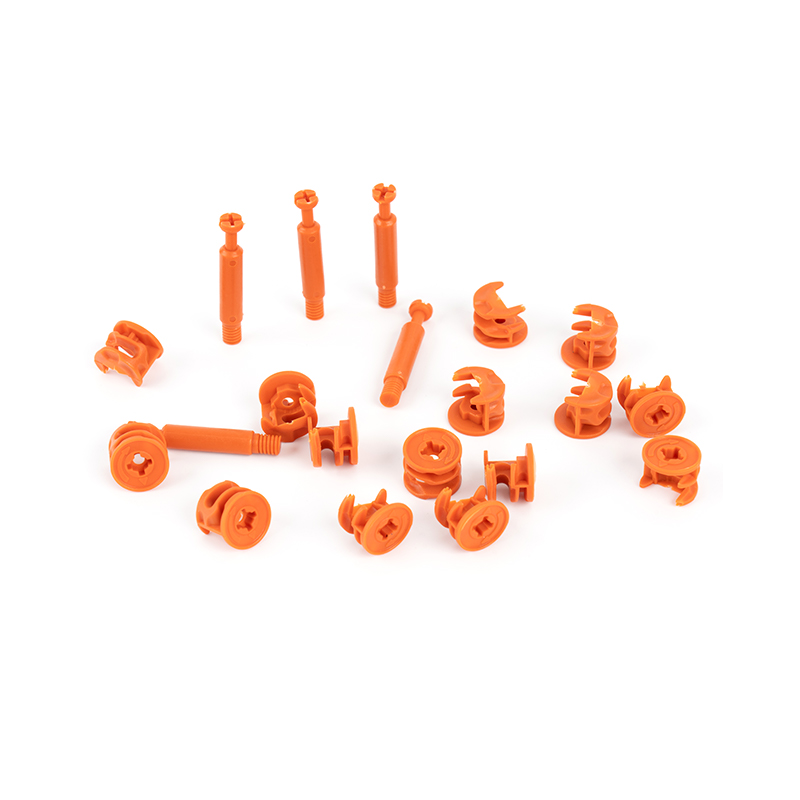
2. Optimization of geometric structure: reducing friction and inertia
The geometric structure of the eccentric wheel directly affects its motion smoothness, friction loss and inertial resistance.
Optimization of eccentricity and profile
Traditional circular eccentric wheel: simple to manufacture, but the motion curve is not smooth enough and easy to produce impact.
Improvement plan:
Involute eccentric wheel: provides a smoother motion trajectory and reduces vibration.
Modified cycloid profile: optimizes contact stress distribution and improves life.
Asymmetric design: optimizes for specific motion laws, such as cam mechanisms.
Lightweight design
Hollow structure: dig weight-reducing holes in non-stressed areas (such as the center of the hub) to reduce the moment of inertia.
Topological optimization: use finite element analysis (FEA) to determine the optimal material distribution and avoid stress concentration.
Thin-walled structure: reduce wall thickness while ensuring stiffness, such as using ribs instead of solid structures.
Contact surface optimization
Rolling friction instead of sliding friction: add needle bearings or ball guides between the eccentric wheel and the follower to reduce friction loss.
Surface microtexture: Laser processing or mold etching micro pits or grooves to improve lubricant distribution.
Mating parts optimization: avoid pairing the same materials (such as POM to POM), recommend POM to steel or PA to stainless steel.
3. Tribological optimization: reduce energy loss
Friction is the main factor affecting mechanical efficiency, which can be optimized in the following ways:
Self-lubricating design
Embedded lubrication: Add PTFE, graphite or MoS₂ to the plastic matrix to achieve self-lubrication.
Oil immersion process: immerse the eccentric in lubricating oil to allow the oil to penetrate into the micropores for long-term lubrication.
Surface coating technology
DLC (diamond-like carbon film): ultra-hard, low friction, suitable for high wear resistance requirements.
PTFE spraying: reduce friction coefficient, suitable for low-speed and high-load scenarios.
Anodizing (applicable to metal mating parts): increase surface hardness and reduce wear.
Lubrication method optimization
Grease lubrication: suitable for medium and low-speed eccentrics, requiring regular maintenance.
Solid lubrication: such as graphite gaskets, suitable for maintenance-free scenarios.
Dry friction optimization: Choose a low-friction material combination (such as POM on steel).
4. Manufacturing process optimization: Improve accuracy and consistency
The manufacturing process directly affects the dimensional accuracy and mechanical properties of the eccentric wheel.
Precision injection molding
Mold accuracy: Ensure that the cavity tolerance is ≤0.02mm to avoid burrs and flash.
Process parameter optimization: Adjust the injection temperature, pressure, and cooling time to reduce internal stress deformation.
Post-processing: Eliminate residual stress through annealing treatment to improve dimensional stability.
Machining correction
CNC finishing: Perform secondary processing on key contact surfaces to ensure surface roughness (Ra≤0.8μm).
Dynamic balancing correction: High-speed eccentric wheels require dynamic balancing tests, and the imbalance amount is adjusted by drilling or counterweights.
3D printing (rapid prototyping)
For design verification: Use SLS (nylon) or MJF (HP Multi Jet Fusion) to print test samples.
Small batch production: Suitable for customized eccentric wheels, but the strength is not as good as injection molded parts.






